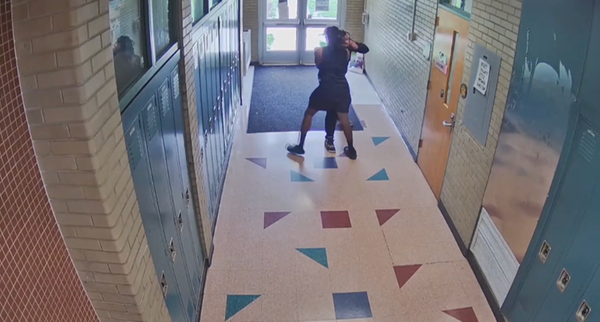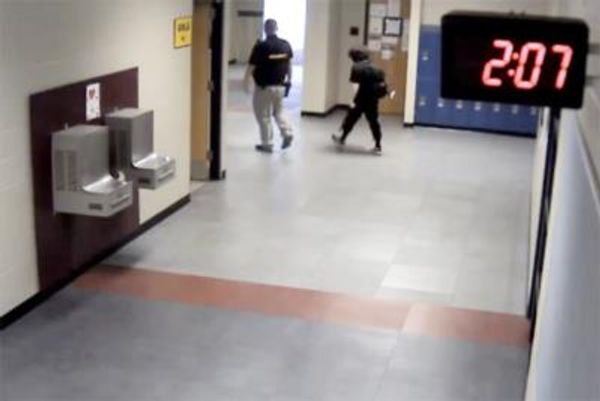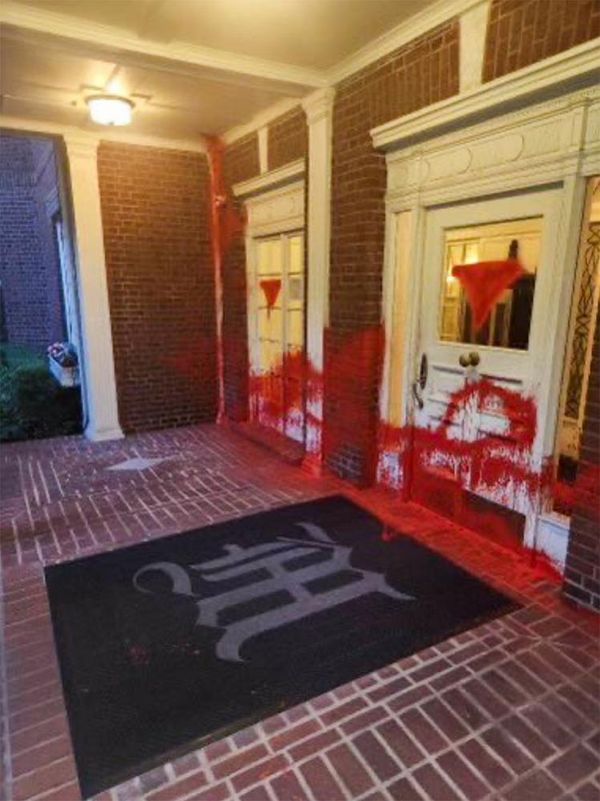
Oak Park’s village hall — an architecturally daring 1970s building designed by noted Chicago architect Harry Weese and listed on the National Register of Historic Places — could be demolished under a vote taken last week by the town’s trustees.
The village’s board voted 5-2 in favor of seeking demolition for the angular modernist brick complex at 123 Madison St. in the suburb nestled near Chicago’s western border.
The decision allows consultants FGM Architects to create schematic designs for a larger $140 million village hall and police headquarters to be built on the site of the current one.
Trustees and architects from FGM cited the age of both the building and its mechanical systems as reasons to seek demolition.
“I just don’t see this building as ever, ever, ever meeting our disability access … or our sustainability goals,” Oak Park Village President Vicki Scaman told trustees before voting for the measure at the July 5 village board meeting.
“I don’t love the idea of putting money into an old car,” Scaman said.
Built in 1975 for $4.5 million, the Oak Park Village hall was once nationally hailed as a symbol of government transparency.

The building’s square floor plan looks out onto an open landscaped exterior courtyard that is also designed to bring sunlight into the building.
The exterior also boasts Pathfinder, a 12-foot bronze and copper sculpture by the late celebrated artist and Oak Park resident Geraldine McCullough.
With its sculpted, square-jawed brick exterior and the use of wood, metal and glass on the exterior, the building — especially in winter — looks as if it would be as much at home in Finland as it does in a western suburb.
“This building is a forceful expression of the open process whereby citizens and municipal officials may meet in a relaxed, special kind of environment to conduct public business,” then-Village President James J. McClure Jr., told the Sun-Times in 1975.
It was also a graceful addition in a village known for its architecture, particularly the preservation of Frank Lloyd Wright homes.
The building was finished when Weese — one of the city’s most important late 20th century architects (and preservationists)— and his firm were in the middle of a remarkable run of high-quality commissions, including the cylindrical Seventeenth Church of Christ, Scientist, 55 E. Wacker Dr., from 1968; the Time-Life Building, a 30-story bronze beauty completed in 1970 at 541 N. Fairbanks, Ct; and the Washington D.C. Metro system, which opened in 1976.
FGM was hired in 2018 to conduct a space assessment study for the police department.
But the effort was put on hold after the pandemic outbreak. But when work on the study resumed in 2022, the price of renovating or expanding the current police station had risen sharply, FGM Vice President Raymond Lee told the board.
Architects then began looking at the entire complex, and found police and village employees needed more room and improved surroundings, Lee said.
“A lot of things have changed since 1975,” he said.
The village hall was placed on the National Register of Historic Places in 2014, becoming one of the few structures to make the list before turning 50.
Oak Park architect and preservationist Frank Heitzman wrote the National Register nomination. He said the listing would make it hard for the village to demolish the building using public funds.
“It would have to go through [the] federal and state [historic] review process where the [state historic preservation officer] would need to approve demolition if it will require state funds or permits,” Heitzman said.
Village trustees did engineer some wiggle room in their decision.
Although the vote essentially vetoed three other options from FGM — renovating the existing police station; building a new police station offsite; or constructing a new police station and renovating the village hall — the board said it could revisit the other choices if led that way during the community engagement process.
Lee Bey is the Chicago Sun-Times architecture critic and a member of the Editorial Board.
Send letters to letters@suntimes.com







